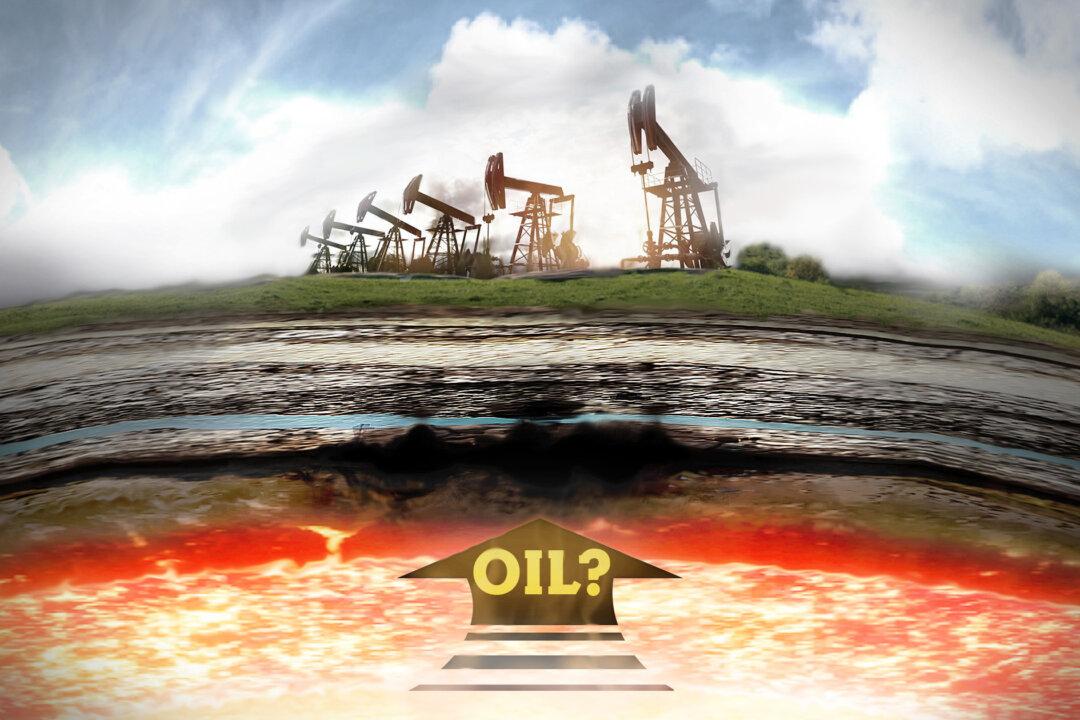Most people are taught that petroleum is formed deep under the Earth over the course of millions of years and is derived from the remains of plankton, plants, and other biological organisms. This explanation is stated matter-of-factly on certain government and educational websites.
This theory for oil formation is, however, just that—a theory. There is an opposing view that has substantial evidence to back it up.






